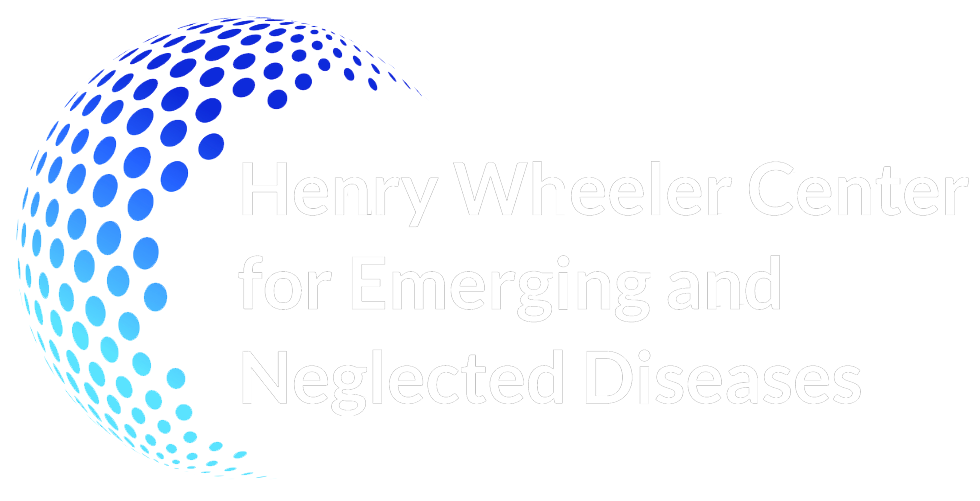Covid-19 Outbreak Watch
Situation Summary
The COVID-19 is an emerging, rapidly evolving situation. The Center for Emerging and Neglected Diseases will do our best to update these pages as information becomes available, drawing on the expertise of CEND faculty experts. For questions please contact cend@berkeley.eduRead further:
- What is a Coronavirus?
- Outbreak News & Reports
- Surveillance & Case Definition
- Laboratory Guidance
- Additional information & resources
CDC is responding to a pandemic of respiratory disease spreading from person to person caused by a novel (new) coronavirus. The disease has been named “coronavirus disease 2019” (abbreviated “COVID-19”). This situation poses a serious public health risk. The federal government is working closely with state, local, tribal, and territorial partners as well as public health partners, to respond to this situation. COVID-19 can cause mild to severe illness; most severe illness occurs in adults 65 years and older and people of any age with serious underlying medical problems.
Different parts of the country are seeing different levels of COVID-19 activity. The United States nationally is in the acceleration phase of the pandemic. The duration and severity of each pandemic phase can vary depending on the characteristics of the virus and the public health response.
CDC and state and local public health laboratories are testing for the virus that causes COVID-19. For more details, view CDC’s Public Health Laboratory Testing map.
All 50 states have reported cases of COVID-19 to CDC. U.S. COVID-19 cases include:
-People who were infected while travelling, before returning to the United States
-People who were infected after having close contact with someone known to be infected with the virus
-People in a community who were infected with the virus but don’t know how or where they were infected
-All U.S. states are reporting community spread of COVID-19.
On January 30, 2020, the International Health Regulations Emergency Committee of the World Health Organization declare the outbreak a “public health emergency of international concern” (PHEIC). A PHEIC is declared if an event poses a public health threat to other nations through the spread of disease and potentially requires a coordinated international response. On February 11th, 2020 the WHO officially named the novel coronavirus "COVID-19", caused by the virus SARS-CoV-2, and on March 11th the Deputy-General of the WHO characterized COVID-19 as a pandemic.
Source and Spread of the Virus
Chinese health authorities were the first to post the full genome of SARS-CoV-2 in GenBank, the NIH genetic sequence database, and in the Global Initiative on Sharing All Influenza Data (GISAID) portal, an action which has facilitated detection of this virus. CDC is posting the full genome of the SARS-CoV-2 viruses detected in U.S. patients to GenBank as sequencing is completed.
COVID-19 is caused by a coronavirus called SARS-CoV-2. Coronaviruses are a large family of viruses that are common in people and may different species of animals, including camels, cattle, cats, and bats. Rarely, animal coronaviruses can infect people and then spread between people. This occurred with MERS-CoV and SARS-CoV, and now with the virus that causes COVID-19. The SARS-CoV-2 virus is a betacoronavirus, like MERS-CoV and SARS-CoV. All three of these viruses have their origins in bats. The sequences from U.S. patients are similar to the one that China initially posted, suggesting a likely single, recent emergence of this virus from an animal reservoir. However, the exact source of this virus is unknown.
The virus that causes COVID-19 is thought to spread mainly from person to person, mainly through respiratory droplets produced when an infected person coughs or sneezes. These droplets can land in the mouths or noses of people who are nearby or possibly be inhaled into the lungs. Spread is more likely when people are in close contact with one another (within about 6 feet).
COVID-19 seems to be spreading easily and sustainably in the community (“community spread”) in many affected geographic areas. Community spread means people have been infected with the virus in an area, including some who are not sure how or where they became infected.
Early on, many of the patients in the outbreak of respiratory illness caused by SARS-CoV-2 in Wuhan, China had some link to a large seafood and live animal market, suggesting animal-to-person spread. Later, a growing number of patients reportedly did not have exposure to animal markets, indicating person-to-person spread. Chinese officials report that sustained person-to-person spread in the community is occurring in China. Person-to-person spread has been reported outside China, including in the United States and other countries. In addition, cases asymptomatic spread of the virus have been reported. Learn what is known about the spread of newly emerged coronaviruses.
information sourced from the CDC website
If you have any questions about the information on these pages, please contact cend@berkeley.edu
For any concerns about your own symptoms, call your healthcare provider (UHS Advice Line for students at (510 643-7197). For more information on the University Health Services response, please refer to the UHS health advisory message.
